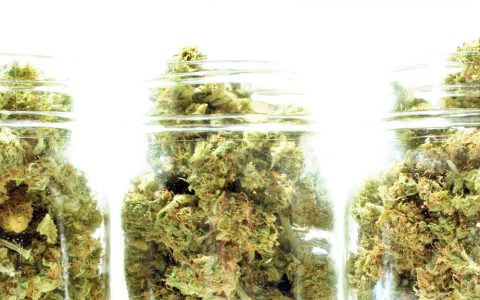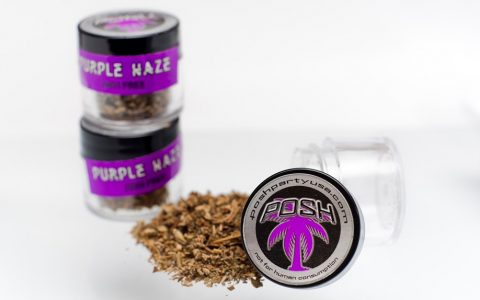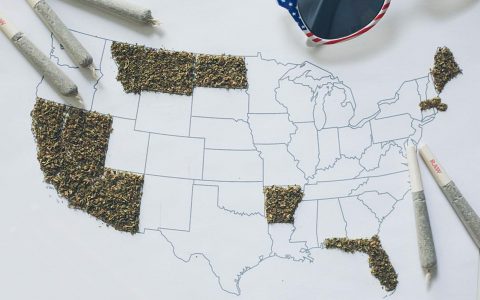It’s difficult to predict what the next four years will look like for cannabis users. While President-elect Trump has made a number of contradictory statements on the subject of legalization, his pick for Attorney General, Sen. Jeff Sessions, holds some radical viewpoints, once claiming, “Good people don’t smoke marijuana.”
This isn’t the first event of this nature in U.S. history. Producing insurmountable suffering and hardship, the so-called ‘Prohibition Period’ between 1920-1933 – referring to the 13-year ban on alcohol – was largely regarded as a large-scale political failure. Cannabis prohibition has yielded similar consequences, with both events leading to an influx in organized crime, attacks on minorities, and ironically, a rise in drug use.
Recognizing the parallels between these two time periods can help us make informed decisions about the future, no matter what our political alignments may happen to be. So what lessons can we take from America’s first prohibition?
1. Crime Increases
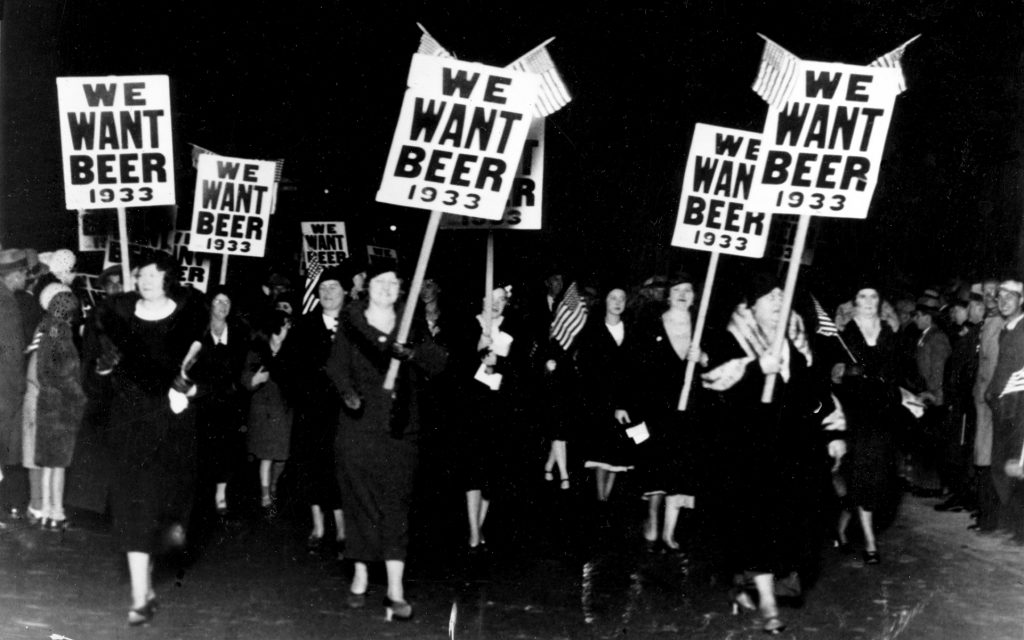 Women turn out in large numbers, some carrying placards reading “We want beer,” for the anti-prohibition parade and demonstration in Newark, N.J., Oct. 28, 1932. More than 20,000 people took part in the mass demand for the repeal of the 18th Amendment. (AP Photo)
Women turn out in large numbers, some carrying placards reading “We want beer,” for the anti-prohibition parade and demonstration in Newark, N.J., Oct. 28, 1932. More than 20,000 people took part in the mass demand for the repeal of the 18th Amendment. (AP Photo)
Despite its negative reputation, alcohol prohibition was by some measures a success. The 18th amendment was popular for the majority of its duration, and Americans consumed significantly less alcohol. The benefits, however, were not without serious drawbacks. Organized crime groups thrived in territory that legitimate businesses were no longer allowed to inhabit. Prices of liquor spiked, the federal prisoner population multiplied, and the nation lost out on valuable tax dollars.
Because cannabis only became popular after it was made illegal, it’s a lot more difficult to determine exactly how much of an impact its prohibition has on crime rates. According to the American Civil Liberties Union, over 8 million Americans were arrested for cannabis-related crimes between 2001 and 2010. To this day, half of all drug arrests are marijuana-related, with enforcement costing taxpayers around $3.6 billion a year.
The crime doesn’t stop at the border, though. Cannabis trafficking has historically been the bread and butter of Mexican gangs. According to the Washington Post, cartels reaped in a total of about $8.6 billion from the plant in 2006 alone. Mexico’s Drug War has resulted in staggering tragedy; some experts estimate that by 2013, 120,000 people had died as a direct result of it. A few years ago, illegal cannabis sales made up 20-30% of overall cartel revenue. Thanks to legalization efforts, however, these numbers have dropped significantly. A change in government policy has real potential to destroy a financial cornerstone of violent criminal organizations.
2. Racial Inequality
 Authorities unload cases of whiskey crates labeled as green tomatoes from a refrigerator car in the Washington yards on May 15, 1929. The grower’s express cargo train was en route from Holandale, Fla., to Newark, N.J. (AP Photo)
Authorities unload cases of whiskey crates labeled as green tomatoes from a refrigerator car in the Washington yards on May 15, 1929. The grower’s express cargo train was en route from Holandale, Fla., to Newark, N.J. (AP Photo)
The passage of the 18th Amendment was largely thanks to an activist group called the Anti-Saloon League. Though certainly not the first prohibitionist group in America, the ASL stood out by way of its single-minded approach to policy. Taking no stance on issues unrelated to alcohol, the ASL garnered support from a range of organizations with conflicting values: African labor unions, women’s rights groups, and most notably, the Ku Klux Klan.
When alcohol was banned, the KKK flourished. Overwhelmed with gang-related crime, a number of southern counties appealed to the hate group to act as additional police support, transforming them into vigilante enforcers of the law. The Klan was known to raid the homes of immigrants, illegally collect evidence, and occasionally burn down buildings in the name of abstinence. Unfortunately, their strict anti-alcohol stance and ruthless methods attracted a positive image for the hate group during the mid-1920’s. The Klan reached peak popularity during this time, with an estimated total of between 4 and 5 million members.
The enforcement of cannabis has caused significantly disproportionate damage on minority communities. In fact, John Ehrlichman, Nixon’s Chief Domestic Advisor, allegedly once claimed that the introduction of harsher drug penalties was a method of further targeting the administration’s two political enemies: the “antiwar left and black people.” Ehrlichman passed away nearly two decades before the interview was published, leaving no witnesses to verify the validity of these admissions. Federal crime statistics, however, speak volumes in corroboration with this story. Though blacks and whites use roughly the same amount of cannabis, blacks are nearly four times more likely to be arrested for possession.
3. Harm Reduction
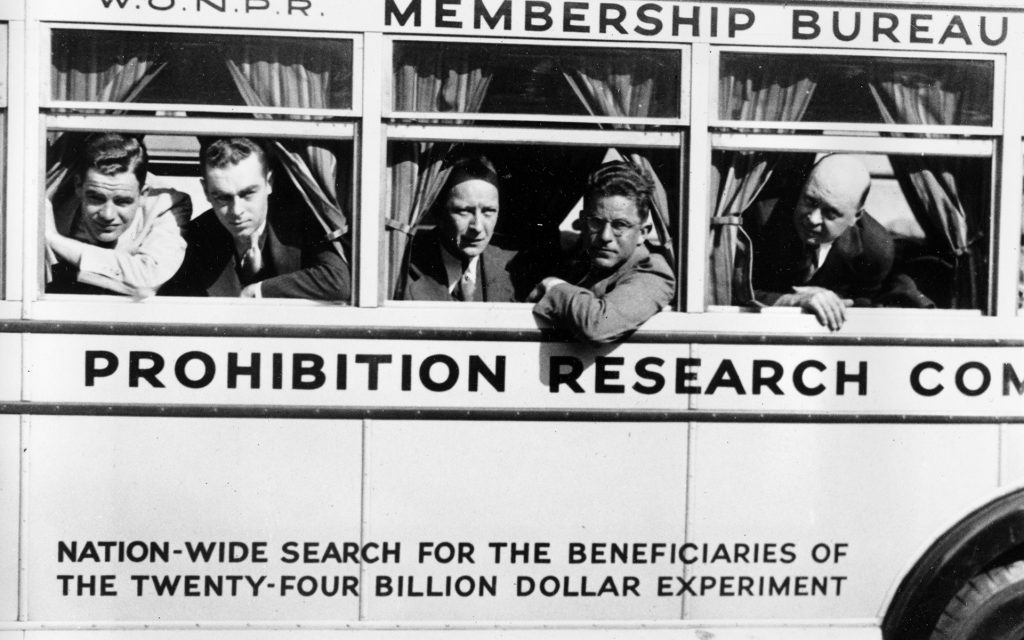 Five members of the alcohol Prohibition Research Committee depart on the bus Diogenes, named after the man who sought in vain for an honest man, in New York City, June 1, 1932. The membership is seeking one drunk who has been reformed by the 18th amendment in their campaign against the liquor ban. From left are Stephen Duggan Jr., assistant investigator; Russell Salmon, chief investigator; Ernest Boorland Jr., member of the executive committee; Robert Nicholson, assistant director; and Paul Morris, director. (AP Photo)
Five members of the alcohol Prohibition Research Committee depart on the bus Diogenes, named after the man who sought in vain for an honest man, in New York City, June 1, 1932. The membership is seeking one drunk who has been reformed by the 18th amendment in their campaign against the liquor ban. From left are Stephen Duggan Jr., assistant investigator; Russell Salmon, chief investigator; Ernest Boorland Jr., member of the executive committee; Robert Nicholson, assistant director; and Paul Morris, director. (AP Photo)
Research suggests that drug choices are heavily influenced by availability – the more readily a person can access a drug, the more likely they are to use it. Applying a blanket ban on a substance, however, can produce harmful consequences. A modern look into Kentucky’s ‘dry’ counties – which still practice prohibition – suggest that while these areas experience a reduction in alcohol usage, they also experience a terrifying rise in the prevalence of meth labs.
Unfortunately, a ban on cannabis also seems to signal a rise in use of more harmful drugs. There is indication that, in areas where cannabis supply is limited, some users will begin to smoke synthetic cannabinoids – unsafe, unregulated, artificial drugs which can often be purchased legally.
Conversely, it seems as if legalizing cannabis leads to lowered rates of drug abuse. A nationwide study recently concluded that MMJ states experienced a reduction in opioid deaths by nearly a quarter. Another study found that doctors allowed to prescribe medical cannabis wrote an average of 1,826 fewer opiate prescriptions per year.
4. Economic Impact
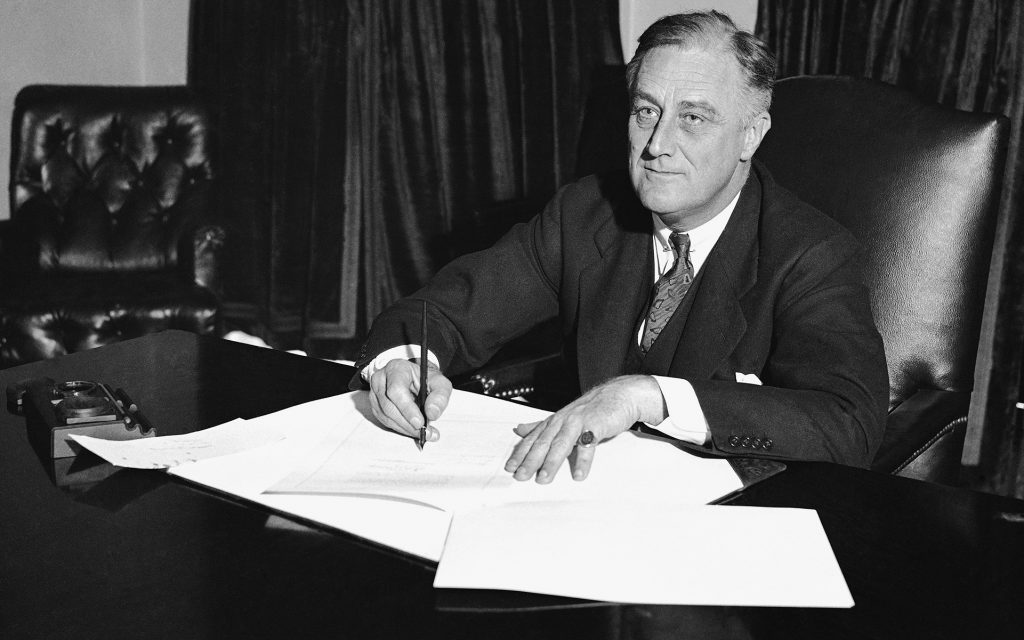 At a desk in the cabinet room President Franklin D. Roosevelt signs the Cullen-Harrison Act, or “Beer Bill,” the first relaxation of the Volstead Act in all the years of prohibition, March 22, 1933, in Washington. With its signature, the new law will permit the sale of beer and wine containing 3.2% alcohol from midnight of April 6. (AP Photo)
At a desk in the cabinet room President Franklin D. Roosevelt signs the Cullen-Harrison Act, or “Beer Bill,” the first relaxation of the Volstead Act in all the years of prohibition, March 22, 1933, in Washington. With its signature, the new law will permit the sale of beer and wine containing 3.2% alcohol from midnight of April 6. (AP Photo)
Bringing back booze was ultimately an economic decision. In the midst of the Great Depression, the prospect of an entirely new, booming industry was simply too good to pass up. In 1933, the newly elected Franklin D. Roosevelt signed the legislation repealing the amendment, famously remarking, “I think this would be a good time for a beer.”
The United States is still recovering from a global economic crisis, and the revenue and career opportunities of a legal cannabis industry spell out hope for many. Legal states reported record high earnings in 2016, with Colorado selling more than $1 billion worth of cannabis, and some figures estimating that the plant would generate $18 billion in the U.S. by 2020.
Over the next four years, citizens must demand that future policy be based on informed judgment, rather than impartial bias. We have the capacity to generate a larger job market, prevent drug-related deaths, and come to the aid of medical patients, but first we must make the decision to stop repeating the mistakes of our past.

